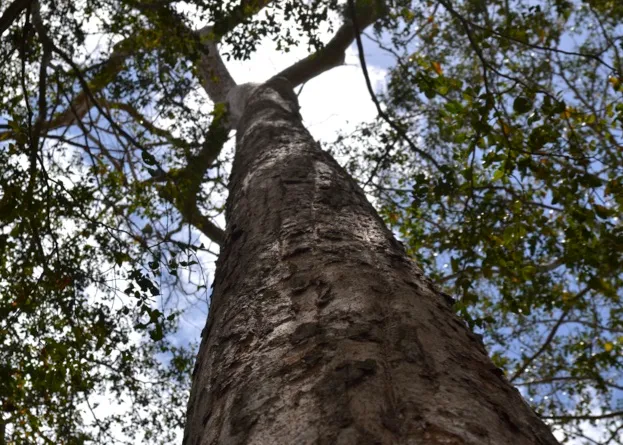A list of tree species around the world has been compiled by the Botanic Gardens Conservation International (BGCI) in conjunction with 500 member organisations.
The assessment has created Global Tree Search, the first complete database of tree species and country distributions, published in the Journal of Sustainable Forestry.
“A lot of data is not readily available to the public,” said BGCI’s Dr Paul Smith. “The digitisation of this data, in effect, is the culmination of centuries of work."
Global Tree Search will be used by the International Union of Conservation of Nature (IUCN) to identify the conservation status of threatened and rare species, and to plan ways to prevent their extinction.
"Now we know the full extent of tree diversity, we can assess the conservation status of each tree to ensure that no tree species is lost forever," said Emily Beech, lead author on the paper.
"BGCI is working towards the Global Tree Assessment and will complete assessments for 40,000 tree species by 2020 in collaboration with partners around the world."
The analysis revealed Brazil had the highest diversity of any nation with 8,715 native tree species, 4333 of which are endemic. In comparison, the Nearctic region of North America had the least diversity with less than 1,400 trees and the polar regions had no trees.
The study also revealed that over half of the species (58 per cent) were single country endemics indicating their risk of vulnerability from potential threats such as climate change, deforestation or other human activity.
Over 300 species were classified as Critically Endangered having less than 50 individual trees remaining in the wild.
One tree species, Karomia gigas, has been identified to be on the edge of extinction as a result of overharvesting. In 2016 a team of scientific researchers found only six in a single populating in Tanzania.

Karomia gigas, known as the Chinese Hats Tree © Kirsty Shaw BGCI
The Tanzanian botanical gardens have propagated in-situ strategies to grow trees to be replanted in the wild in an attempt to repopulate the species.
The Global Tree Search will grow annually as about 2,000 new tree species are added each year when new species are named.
